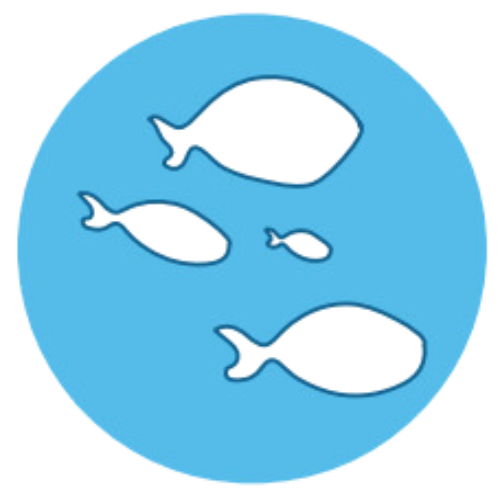Western Australia
Marine environments of northern and western Australia are strongly influenced by oceanic boundary currents off the coast. The longest and most unique of these is the Leeuwin Current that originates from the northern region of Australia influencing more than 2/3 of the continental slope and shelf regions of Australia as far as Tasmania.
The response of the equatorial Pacific to El Niño-Southern Oscillation (ENSO) and the Interdecadal Pacific Oscillation is transmitted from the western Pacific Ocean to the northern and then western Australian coast via the equatorial and coastal waveguides, so that the Western Australian marine environments are very sensitive to climate variability in the Indo-Pacific region.
IMOS infrastructure in Western Australia has been deployed to observe, monitor, simulate, and understand climate impacts through the variability of the oceanic boundary currents of northern and western Australia, and their influences on the continental shelf and coastal environments, marine ecosystems and biodiversity.

IMOS’ sustained ocean observing infrastructure in Western Australia
Ships of Opportunity
National Mooring Network
Ocean Radar
Ocean Gliders
New Technology Proving
Western Australia state government co-invested infrastructure

Ningaloo Mooring

Onslow Gliders
Other nationally operated infrastructure in Western Australia includes

Argo Floats

Animal Tracking

Satellite Remote Sensing Products

Autonomous Underwater Vehicles
The Western Australian marine science community has used IMOS observations to produce
378
Journal Articles
137
Reports
140
Projects
44
Data Products
95
Postgraduate Projects
Western Australian institutional users of IMOS observations
30
Government Departments & Research Agencies
7
Research Collaboration & Non-government
20
Industry & Services
4
Universities
Western Australian node partners
Principal participants include the University of Western Australia, the Australian Institute of Marine Science (AIMS) and CSIRO, with data collected by IMOS observing infrastructure used by all major Western Australian Universities, including the University of Western Australia and Curtin University.
In 2019 the Western Australian Government co invested in expanding IMOS observing infrastructure in the state to increase long-term ocean observations in important oceanographic regions.
The Ningaloo Mooring, located off Tantabiddi provides the only long-term, through-water-column observations in the Ningaloo region. Data collected will allow enhanced monitoring, identification of change and validate oceanographic models to both public and private sectors. Ocean Glider deployments across the North West Shelf off Onslow deliver data in near real-time, with its proximity to considerable blue economy activities benefiting industry.




